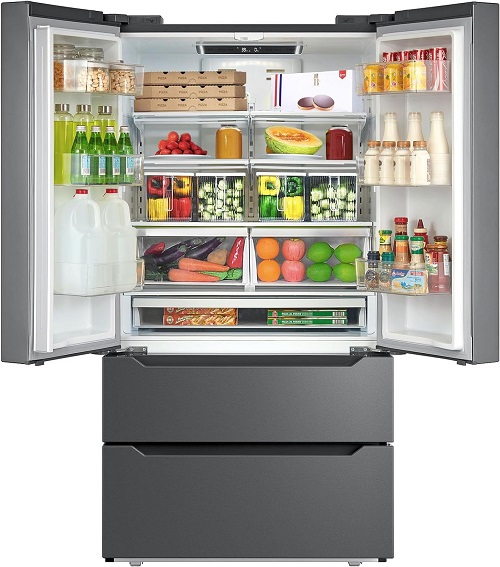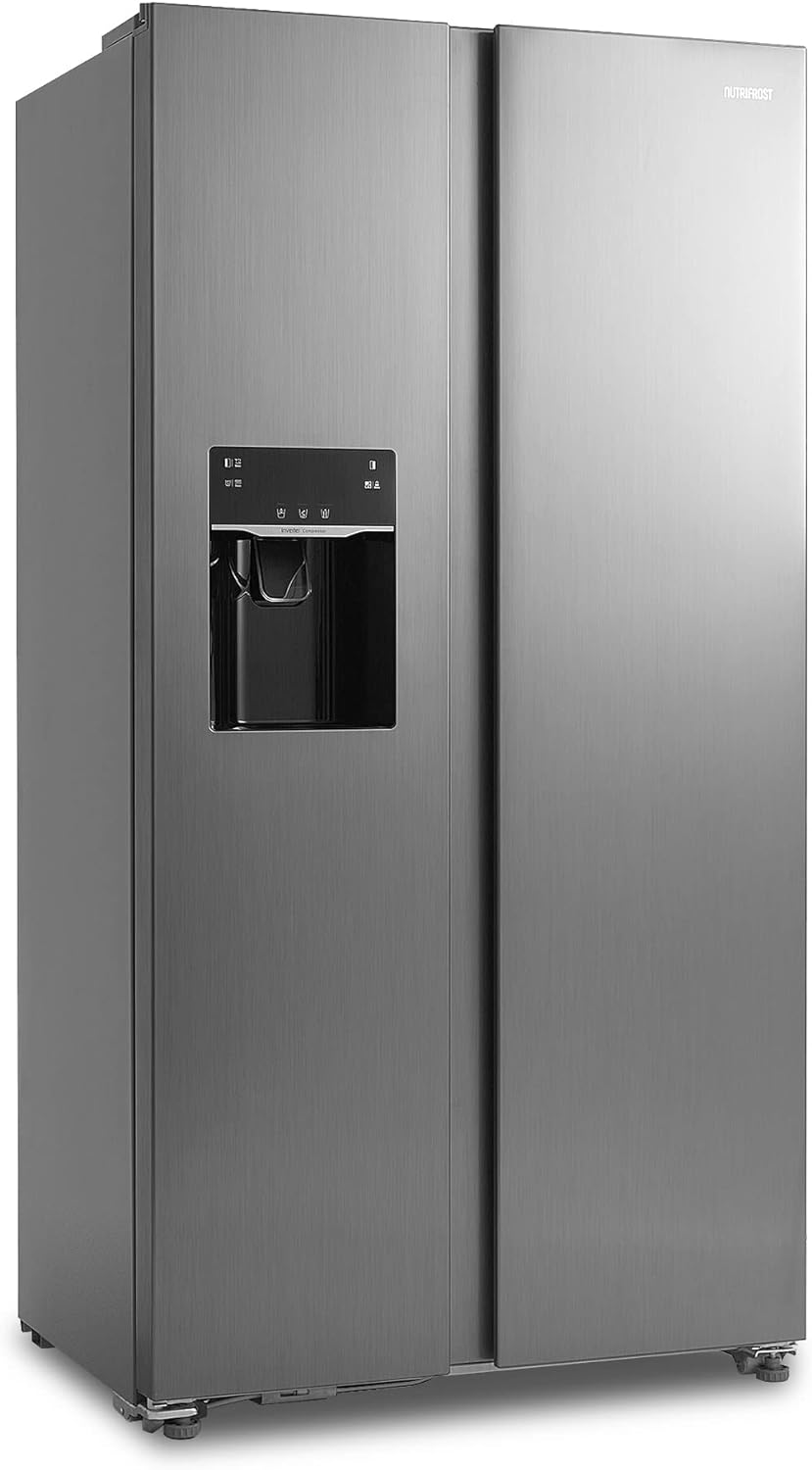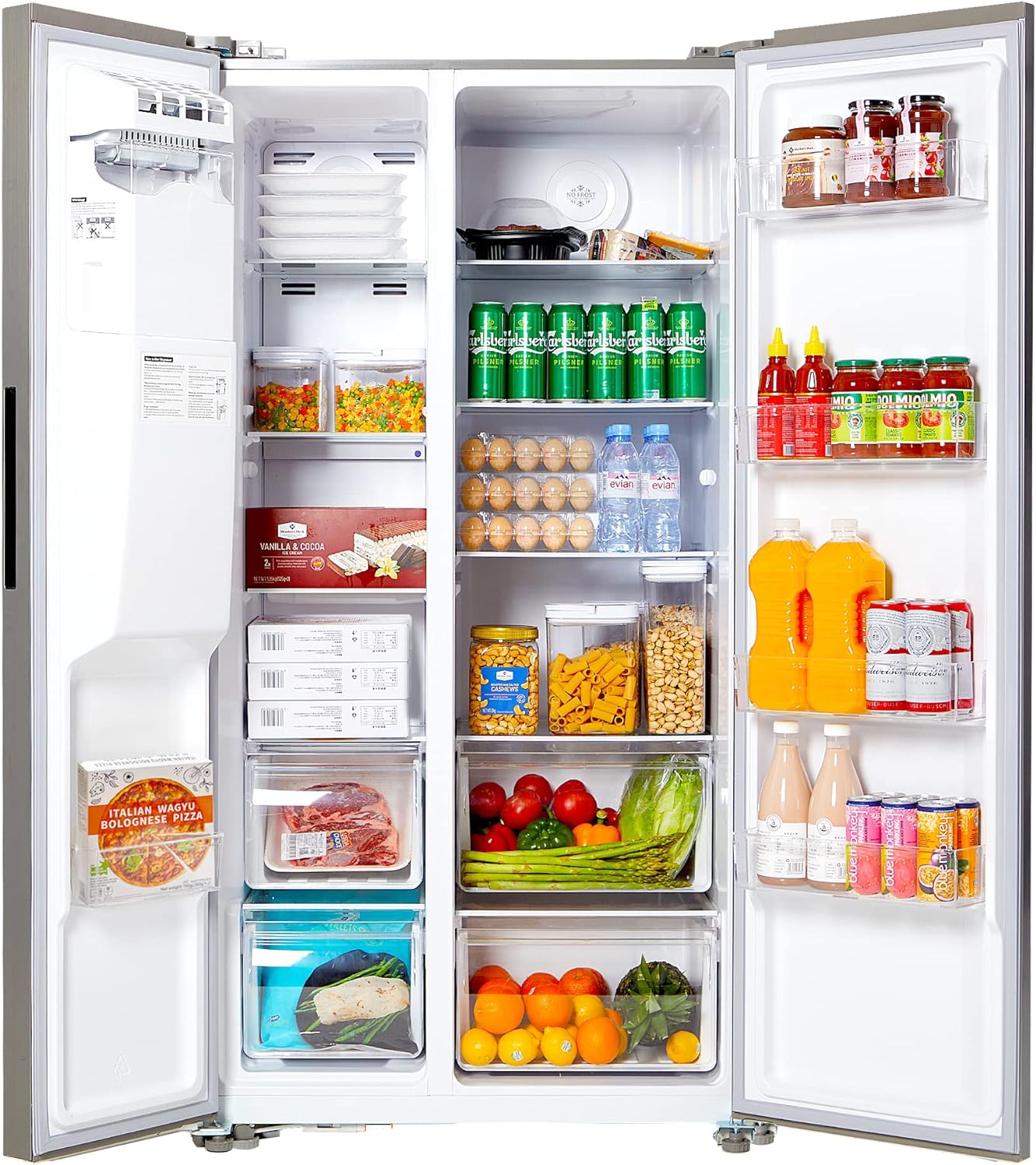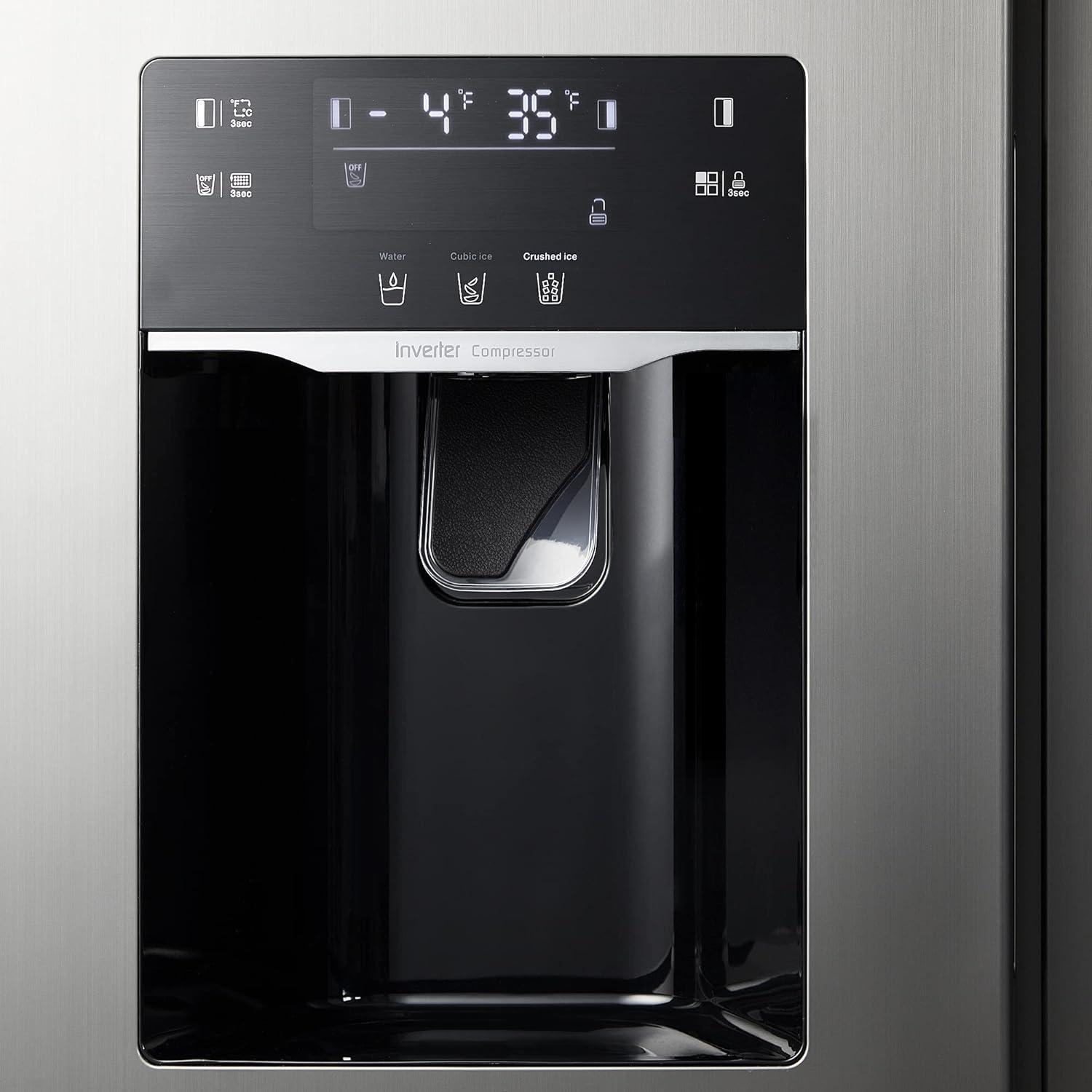Introduction:
Understanding the depth of refrigerators is essential when selecting the right appliance for your kitchen. In this article, we will delve into the topic of refrigerator depths, providing detailed information about common dimensions, compact options, and considerations for built-in models. By the end of this article, you will have a thorough understanding of refrigerator depths and be better equipped to make an informed decision for your kitchen.
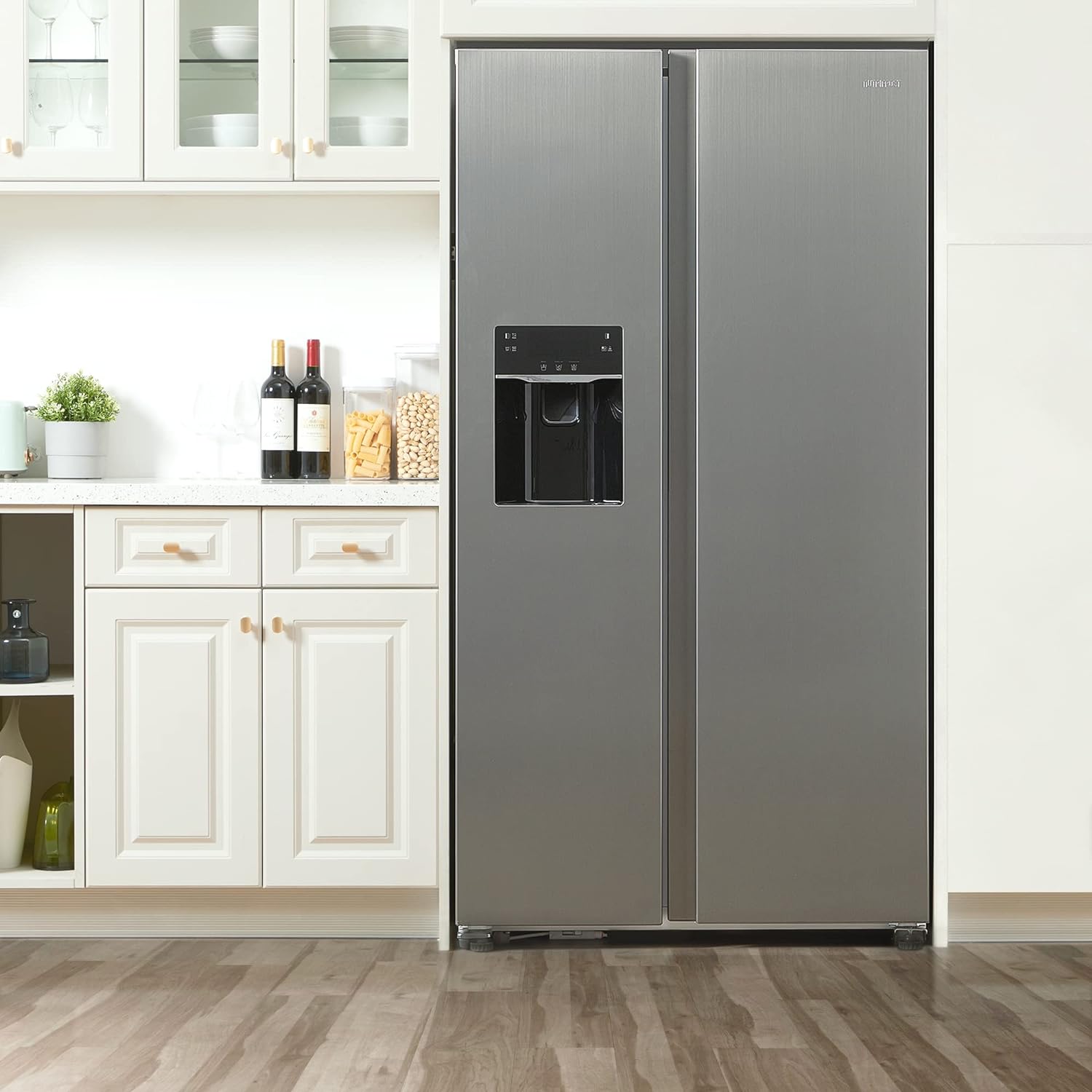
What is the average depth of a refrigerator?
Standard Refrigerator Depths:
The depth of standard refrigerators typically ranges from 28 to 34 inches (71 to 86 cm). It’s important to note that this depth measurement includes the door handles and any other protrusions on the front of the refrigerator. Manufacturers may vary slightly in their dimensions, so it’s crucial to check the specifications of the specific refrigerator model you are considering.
Counter-Depth Refrigerators:
Counter-depth refrigerators are specifically designed to blend seamlessly with your kitchen cabinetry, providing a sleek and built-in appearance. These refrigerators are shallower than standard models, typically ranging from 23 to 27 inches (58 to 69 cm) in depth. By aligning with standard countertops, counter-depth refrigerators create a cohesive and streamlined look in your kitchen. It’s important to note that counter-depth refrigerators may have slightly less storage capacity compared to standard-depth models, so consider your storage needs and preferences when deciding between the two.
Compact Refrigerators:
Compact refrigerators are an excellent option for small kitchens, dorm rooms, or as additional storage options. These refrigerators are generally shallower than standard models, with depths ranging from 20 to 24 inches (51 to 61 cm). Compact refrigerators are designed to maximize storage within a smaller footprint, making them ideal for limited spaces where every inch counts. Despite their smaller size, compact refrigerators still offer adequate storage for essentials such as beverages, snacks, and smaller food items.
Built-in Refrigerators:
Built-in refrigerators seamlessly integrate into your kitchen cabinetry, offering a customized and cohesive look. The specific model and installation requirements determine the depth of these refrigerators, which can vary. Typically, manufacturers design built-in refrigerators to align with standard cabinet depths of around 24 inches (61 cm). However, it is crucial to consider that proper ventilation and airflow might necessitate additional space. In some instances, manufacturers recommend maintaining a few inches of gap between the refrigerator and surrounding cabinetry to ensure optimal performance.
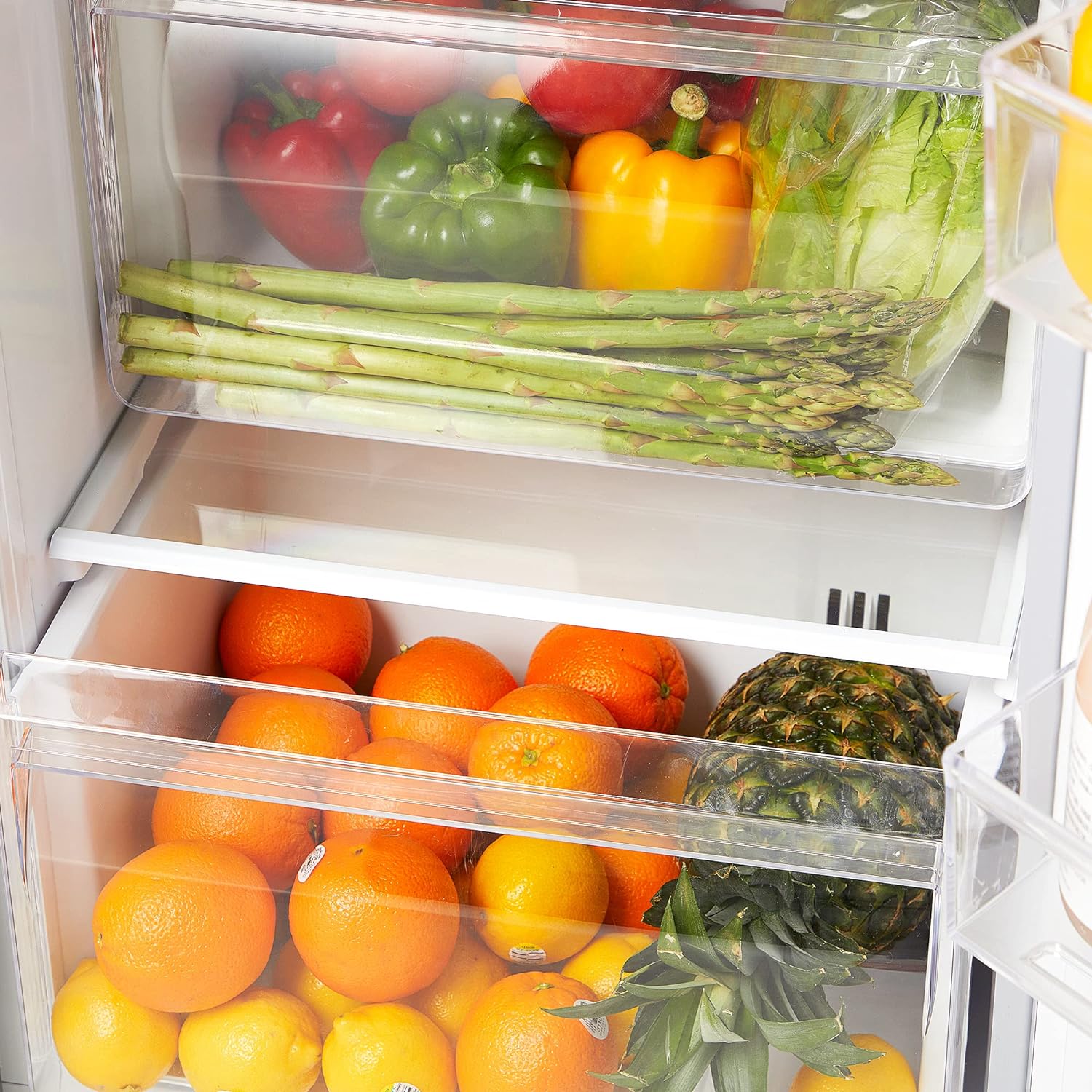
Door Swing Considerations:
When measuring the depth of a refrigerator, it’s important to account for the space needed for the door to swing open fully. Take into consideration any nearby walls, cabinets, or other obstacles that may restrict the door’s movement. Be mindful of the space required to comfortably access the refrigerator’s interior and ensure unrestricted movement when placing or removing items. Proper door swing clearance is essential for both convenience and efficient use of your refrigerator.
Measuring Depth for Installation:
When measuring the depth of a refrigerator for installation, it’s important to measure from the back wall to the front of the refrigerator, including any handles or protrusions. This will give you an accurate measurement of the space required for the refrigerator in your kitchen. Taking precise measurements ensures a proper fit and allows for proper ventilation and airflow around the appliance. It’s advisable to measure multiple times to ensure accuracy, as even a slight error in measurement can lead to difficulties during installation or restricted access to the refrigerator’s interior.
Customization Options:
Some manufacturers offer customization options for refrigerator depths, allowing you to fit the appliance perfectly into your kitchen layout. These models may have adjustable or customizable depths, providing flexibility to accommodate unique kitchen designs or personal preferences. Customization options can be particularly useful if you have specific depth requirements due to existing cabinetry or desire a customized look for your kitchen. These models offer the opportunity to tailor the refrigerator to your specific needs and achieve a seamless integration within your kitchen design.
Considerations for Small Kitchens:
If you have a small kitchen with limited space, choosing the right refrigerator depth becomes even more important. In addition to considering the depth, you may also need to take into account the width and height of the refrigerator. Look for models that offer a narrower width or compact design while still providing sufficient storage capacity. You can also consider alternative options such as under-counter refrigerators or slimline models that can fit into tight spaces without compromising on functionality.
Built-in vs. Freestanding:
When selecting a refrigerator depth, you may also need to decide between a built-in or freestanding model. Built-in refrigerators are designed to seamlessly integrate into your kitchen cabinetry, while freestanding refrigerators can stand alone and be placed anywhere in your kitchen. Built-in refrigerators often have a shallower depth to align with standard cabinet depths, ensuring a cohesive look. Freestanding refrigerators, on the other hand, offer more flexibility in terms of depth options and may have a wider range of size and style choices.
Personal Preferences and Lifestyle:
Your personal preferences and lifestyle also play a role in choosing the refrigerator depth. Consider how you use your refrigerator and what types of food you typically store. If you frequently buy large quantities of fresh produce, for example, you may need a refrigerator with deeper storage compartments. If you prefer to have a minimalist and streamlined kitchen design, a counter-depth or built-in refrigerator may be the best choice. Understanding your specific needs and preferences can help guide your decision-making process.
Conclusion:
Understanding refrigerator depths is crucial when choosing the right appliance for your kitchen. Standard refrigerators typically range from 28 to 34 inches in depth, while counter-depth models offer a shallower, built-in appearance. If you have limited space, compact refrigerators with depths ranging from 20 to 24 inches are a practical choice. Built-in refrigerators, on the other hand, provide seamless integration with your cabinetry but may require additional space for ventilation.
By considering factors such as available space, storage needs, and design preferences, you can select a refrigerator with the perfect depth for your kitchen. Remember to measure accurately and account for door swing clearance to ensure convenient access to the refrigerator’s interior. With this knowledge, you’ll be well-equipped to make an informed decision and find a refrigerator that not only fits your space but also meets your functional and aesthetic requirements.

